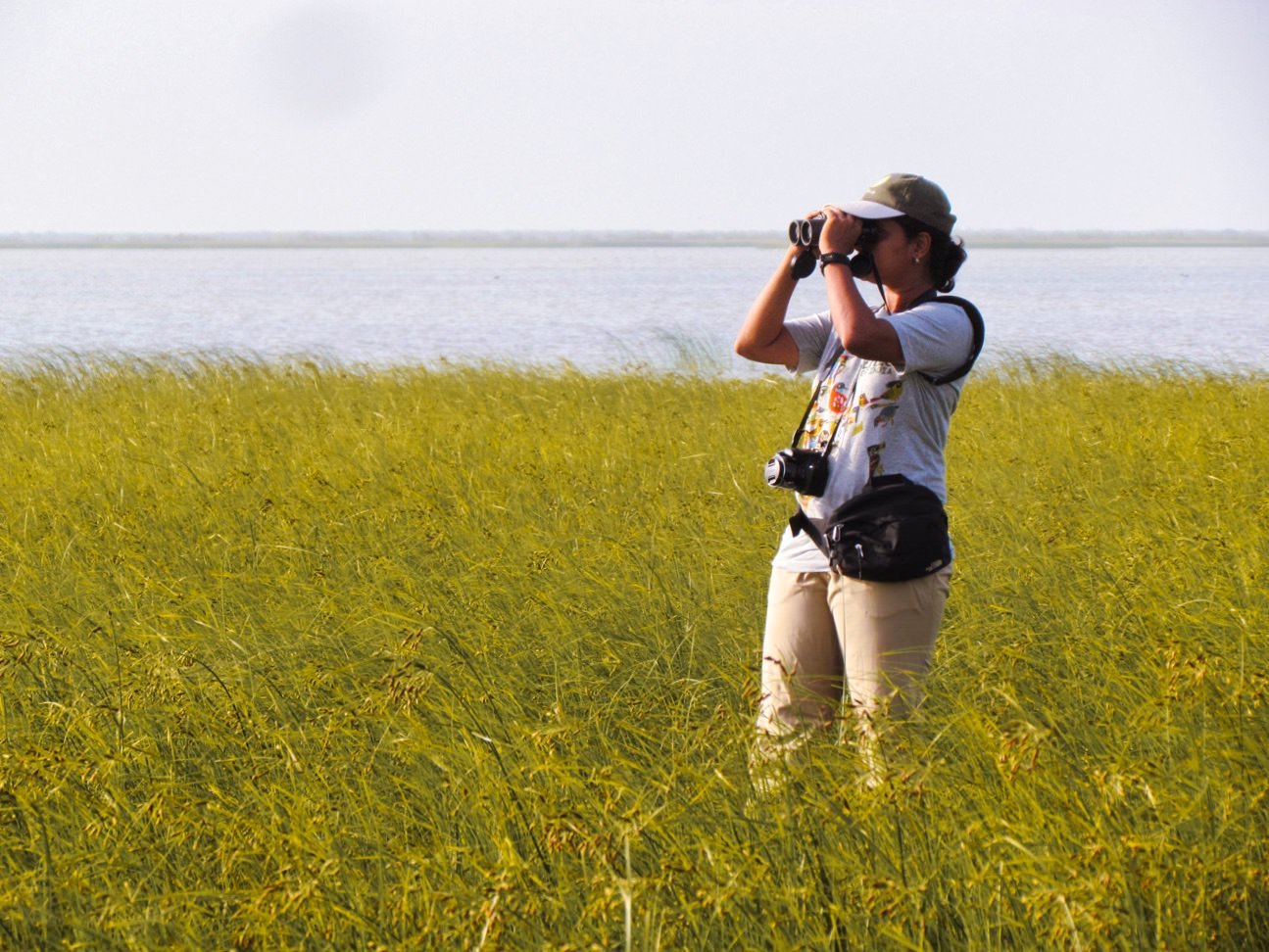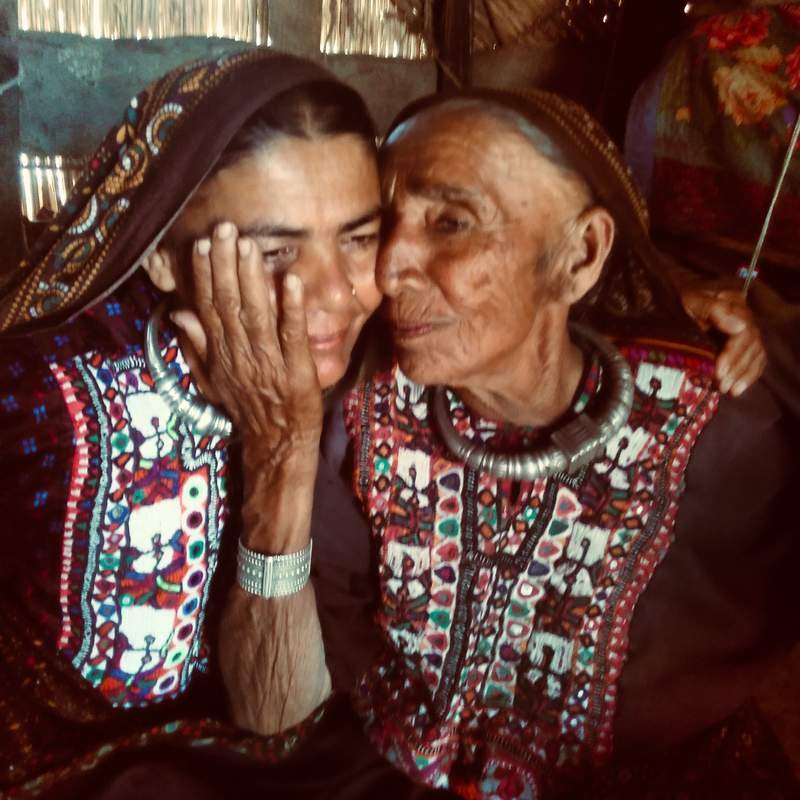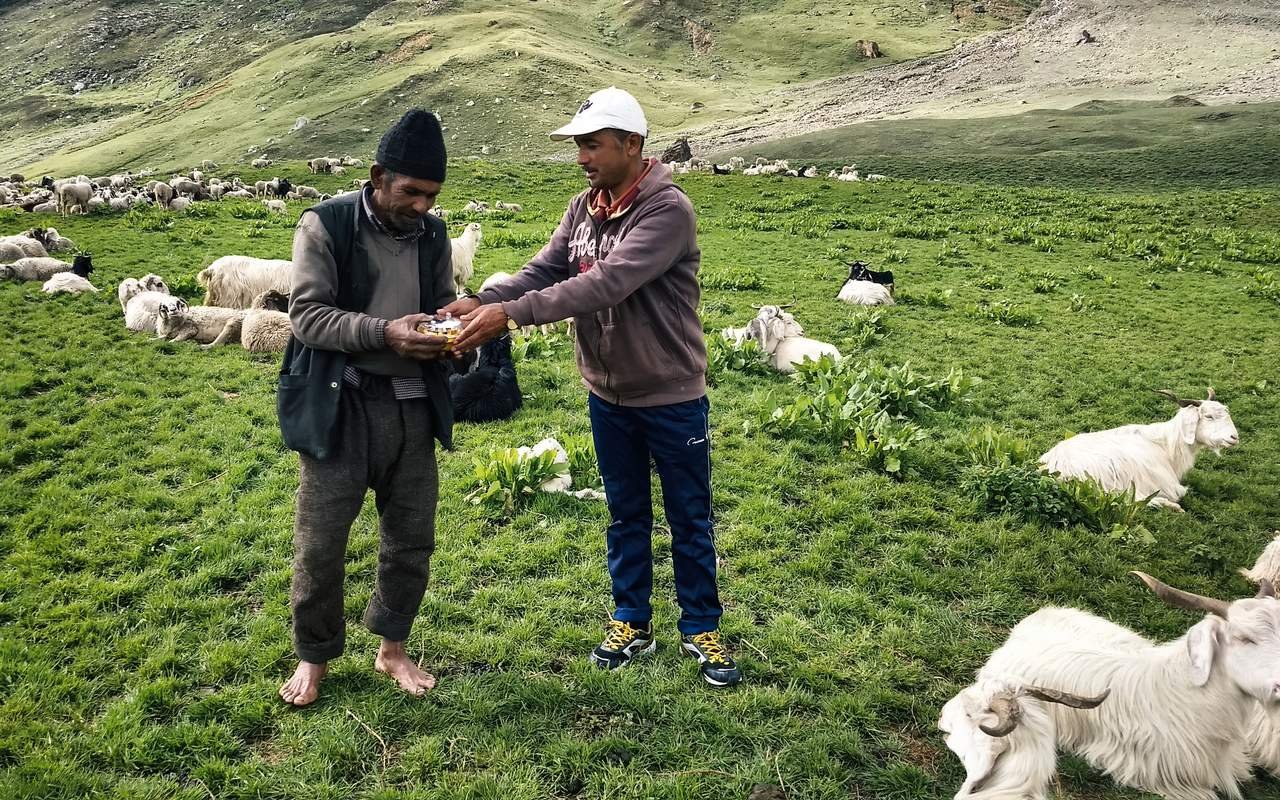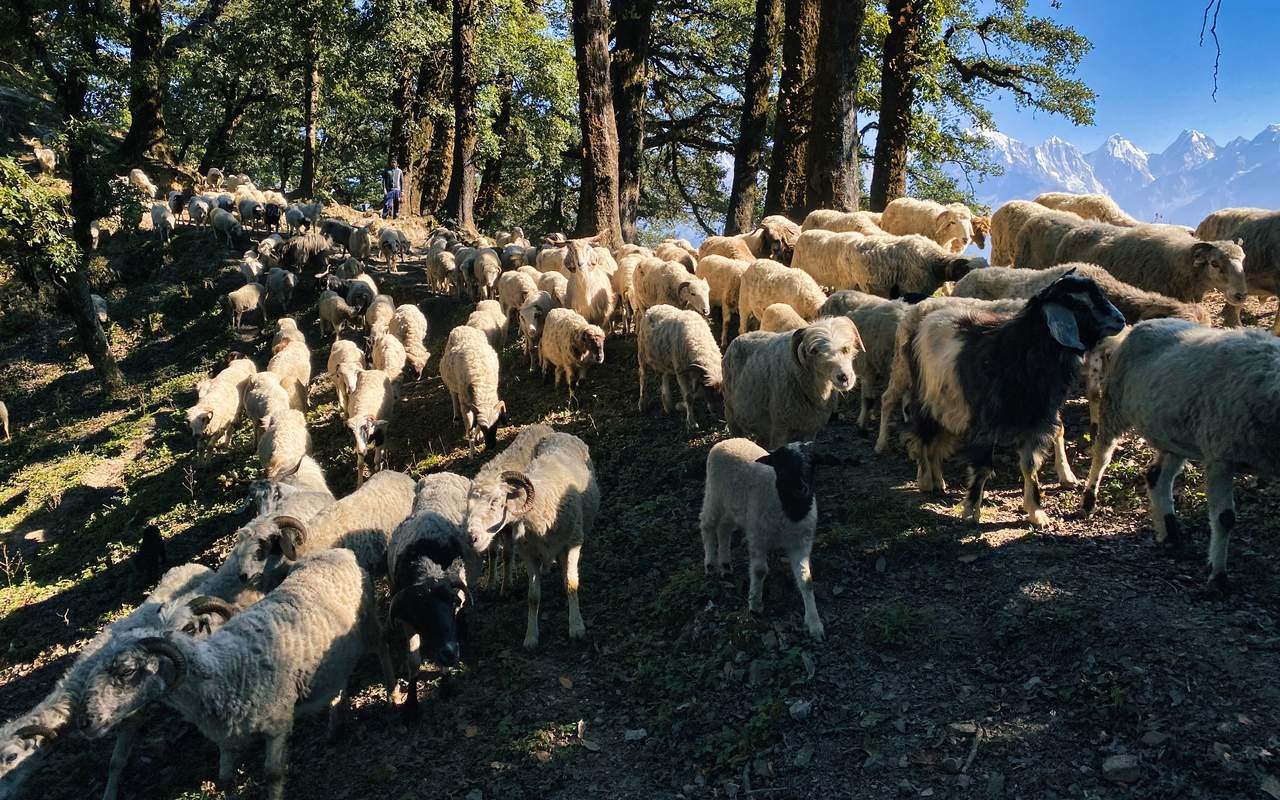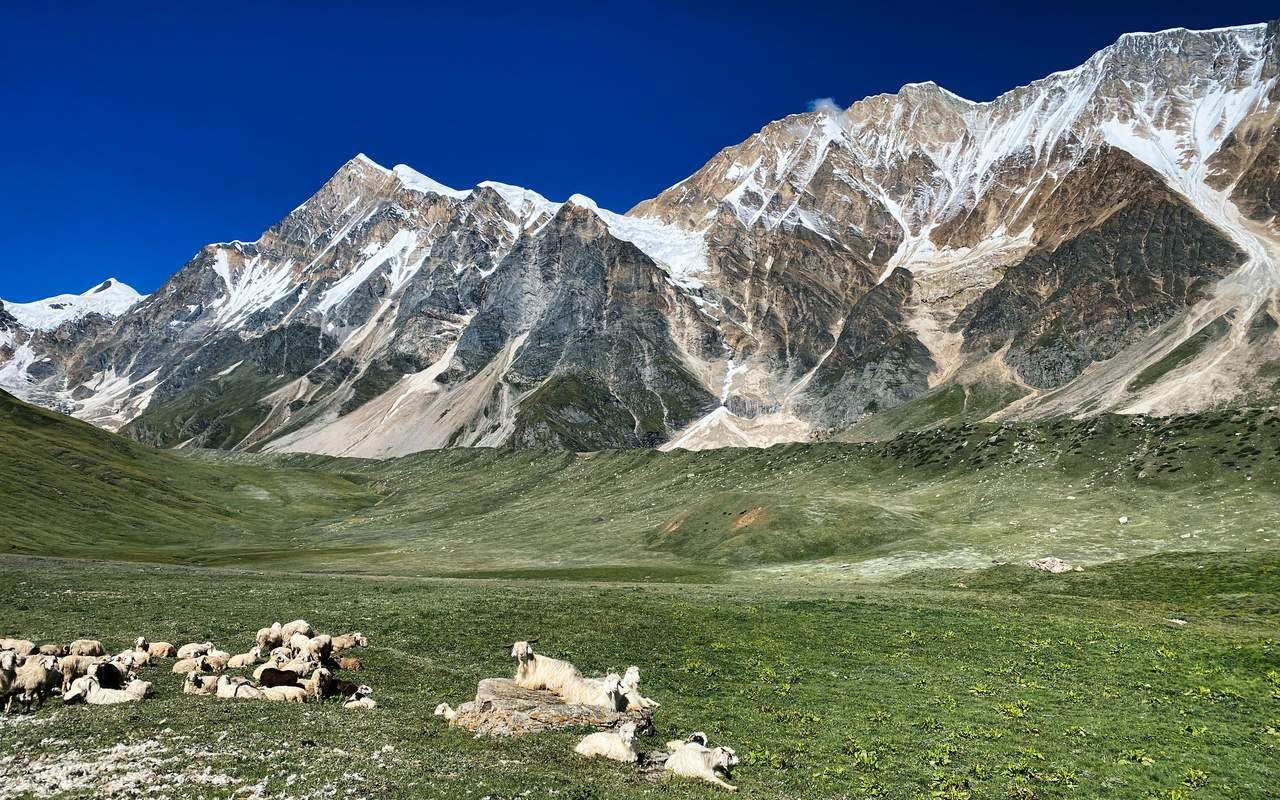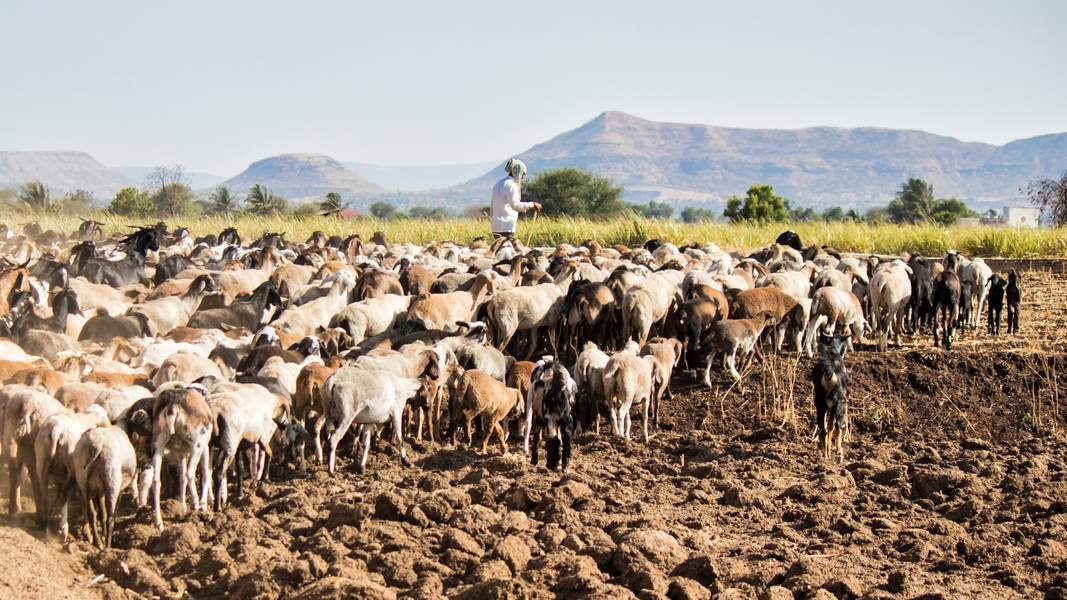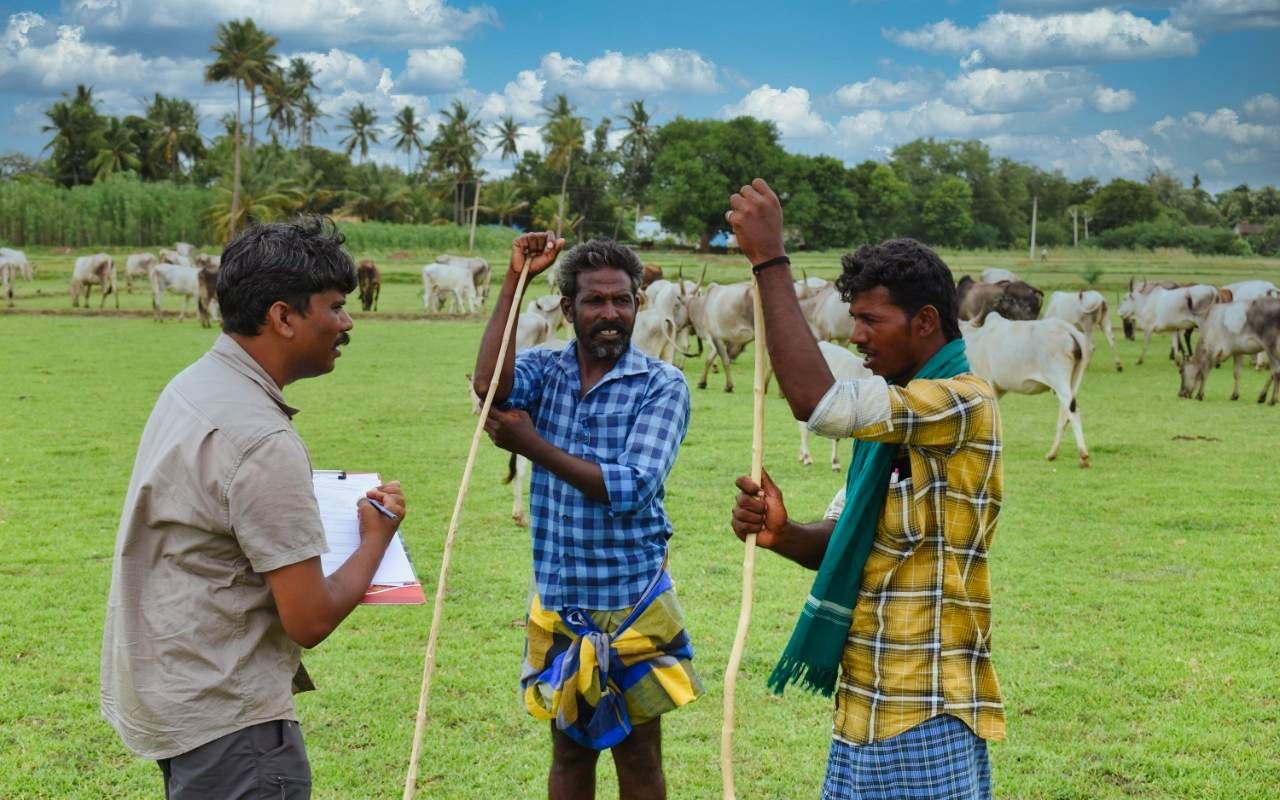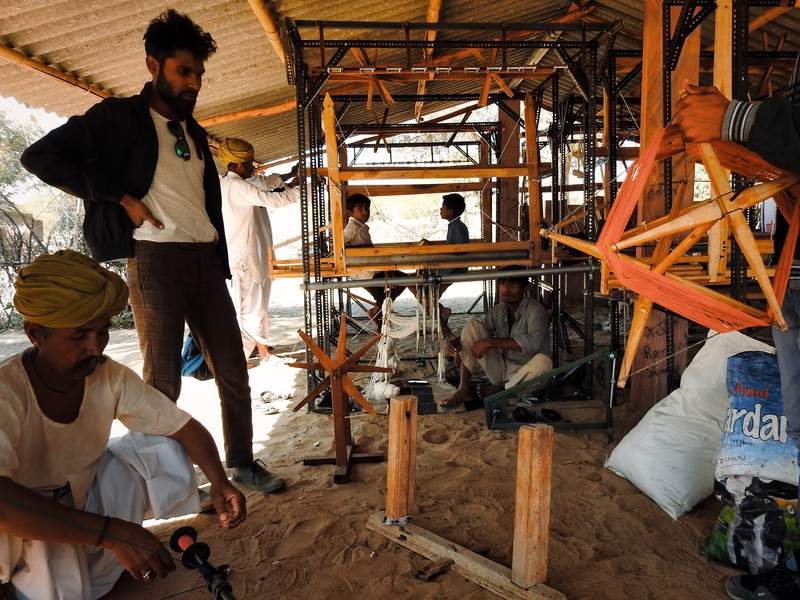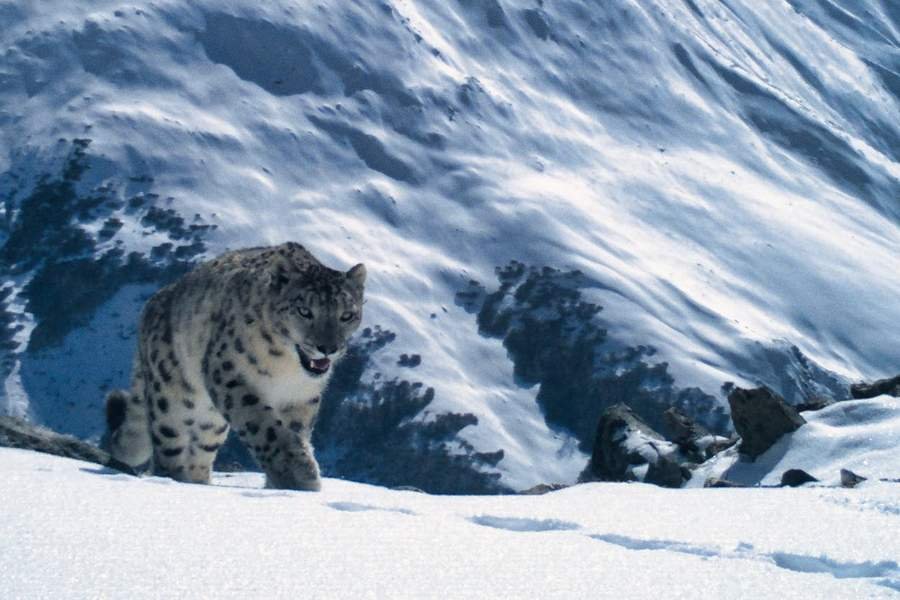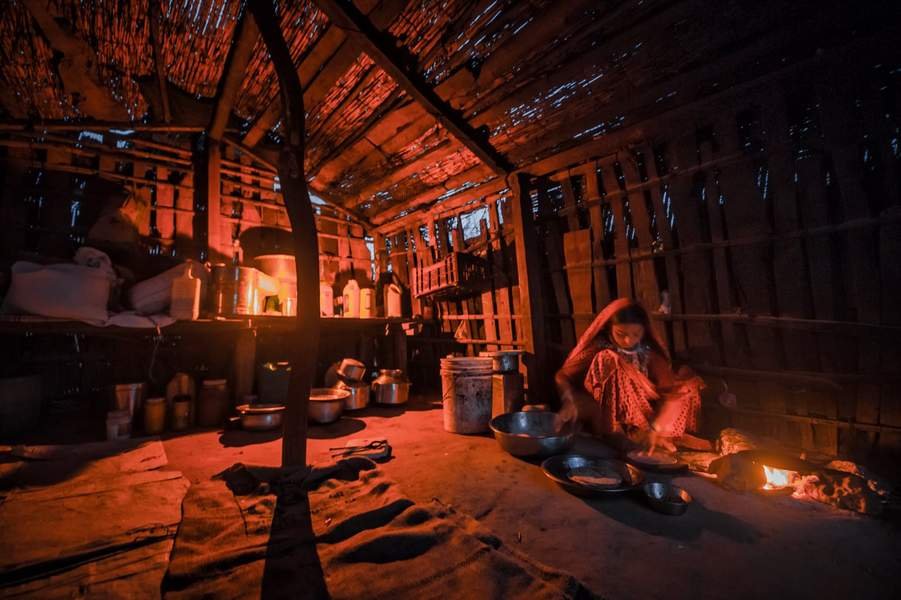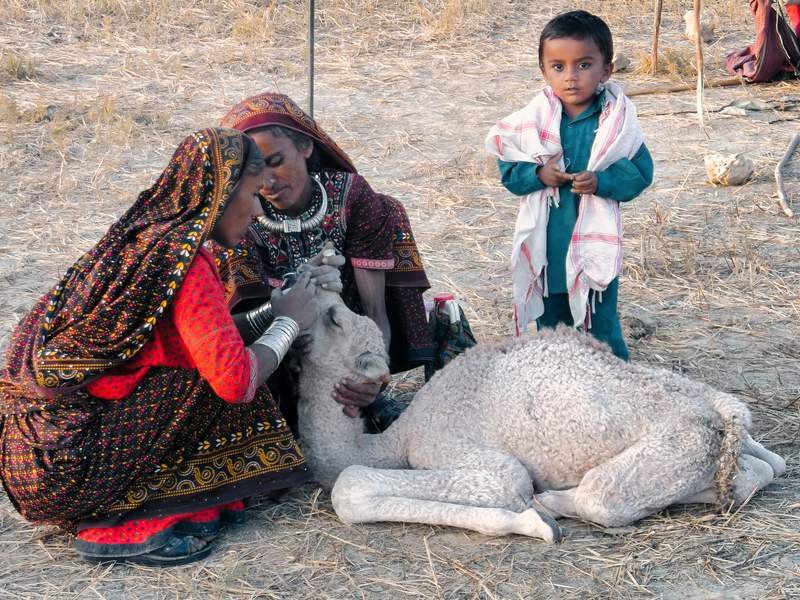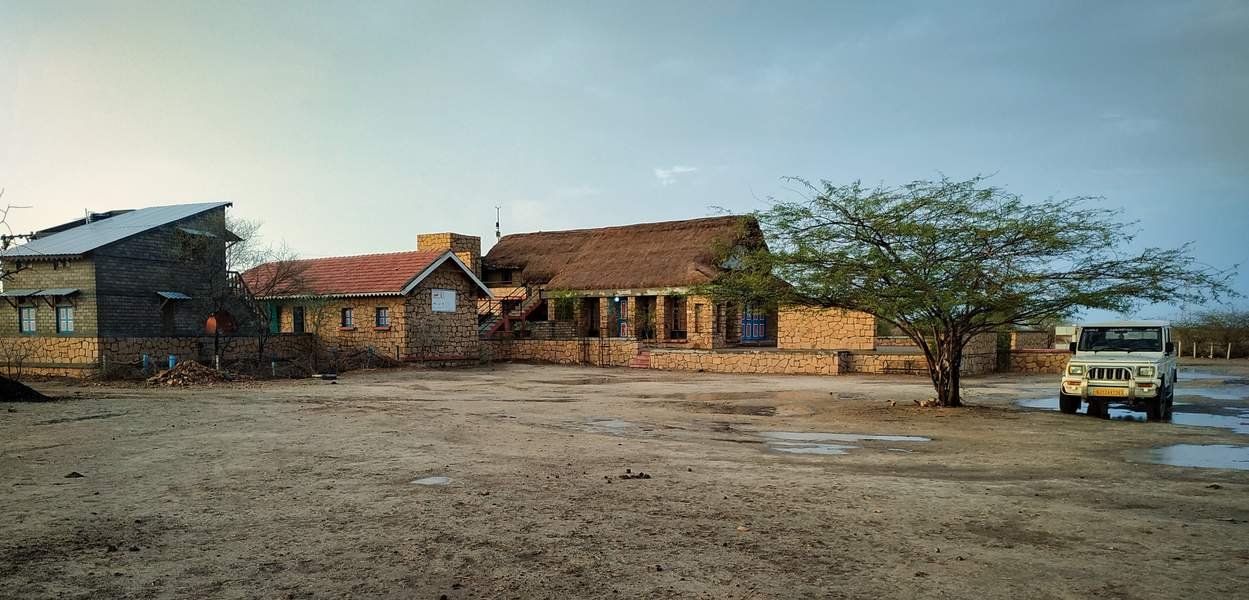The HERDING project: Heritage, dignity and adaptations in times of rapid change
Caroline Dyer is the principal investigator. Co-researchers include Emma Tomlin, Archana Choksi and Sushma Iyengar. Nitya Ghotge is CfP’s facilitator for the project. Other researchers include Krutika Haraniya, Gurpreet Kaur, Kaushalika Dharmadhikari and Varsha Ganguly.
The HERDING project is funded by the British Academy’s Sustainable Development Research Programme. The project focuses on women in mobile pastoralist communities. Rapidly changing patterns of land use alongside pressures to become sedentary are challenging pastoralists’ livelihoods as herders. Many pastoralists are becoming more vulnerable to poverty and changes are affecting the men and women of these communities in different ways. The HERDING project draws on multiple disciplines including gender studies, development studies and the sociological study of religion to gauge the complex transformations of pastoralist women’s lives. It investigates the role that their beliefs and practices play in constructing a sense of shared heritage that links them to the land and their animals and how this heritage is changing. It provides an opportunity for pastoralist women, whose voices are often drowned by the voices of men, to speak about their roles and the importance to them of religion, gender, culture and nature.
The project works with four communities of Hindu and Muslim pastoralists in Gujarat, Maharashtra and Himachal Pradesh. Academics from the University of Leeds and the Centre for Pastoralism are working in partnership with NGOs that have developed a long-standing body of work on pastoralism and on the promotion of women’s wellbeing and empowerment. These organizations are Anthra in Pune, Kachchh Mahila Vikas Sangathan and Setu Abhiyan in Kachchh, and the Himachal Van Adhikar Manch in Kangra.
The HERDING project aims to advance a view of sustainable development that honours pastoralists’ heritage, stalls processes of exclusion and supports plans on India’s sustainable development goals.

